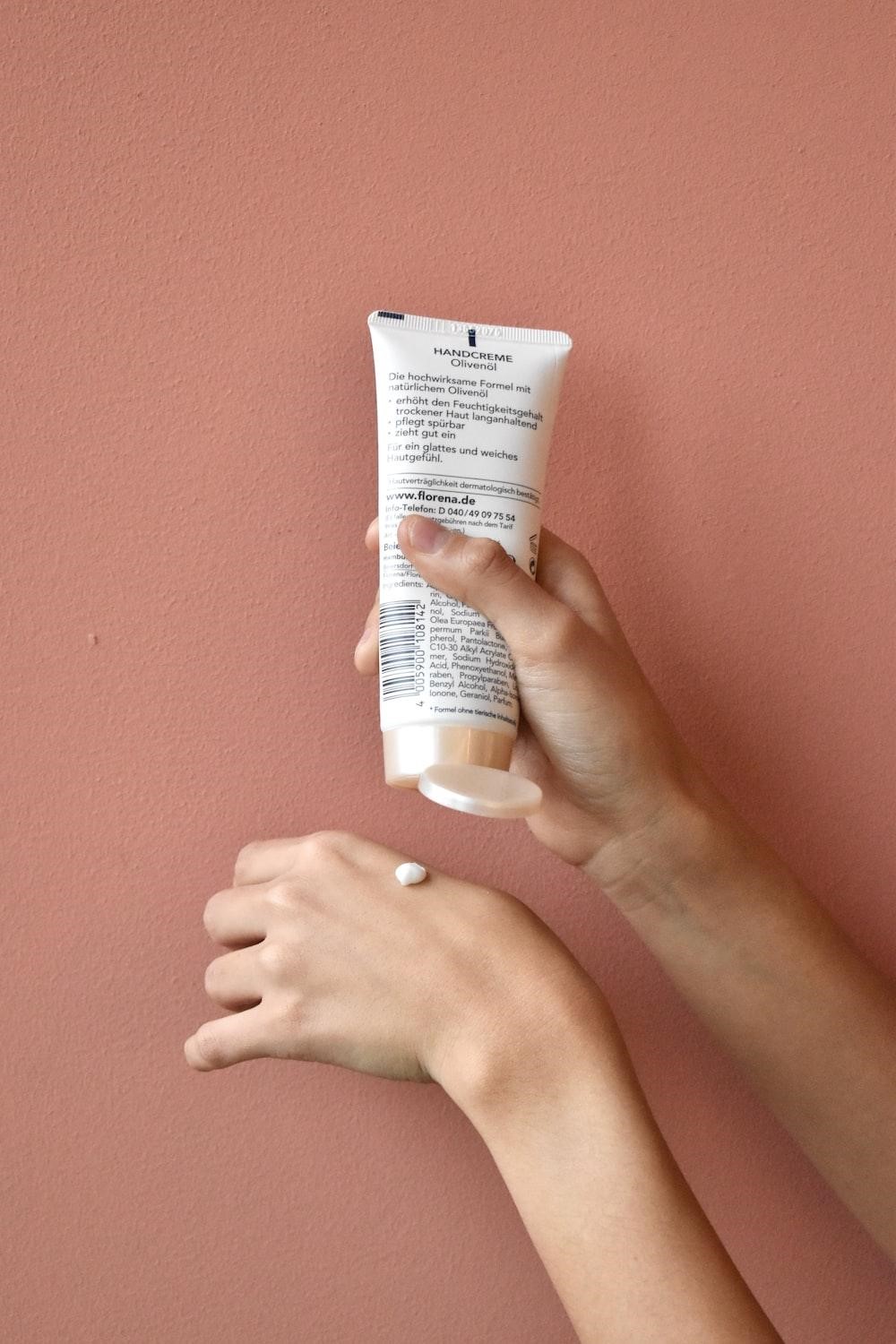The world of skincare is riddled with choices. One such choice is between traditional chemical-based ingredients and their natural alternatives. Today, we delve into the effectiveness of willow bark, a natural substitute often found in skincare products, and compare it with the renowned skincare ingredient, salicylic acid.
Understanding Salicylic Acid: A Skincare Staple
Salicylic acid is a common ingredient in acne and blackhead treatments. Known for its ability to penetrate pores, it breaks down the proteins that bind skin cells together, facilitating exfoliation.
Salicylic acid, though it can be sourced from plants, has primarily been produced synthetically for over a century. This process is cost-effective and meets the high demand for the ingredient and its derivative, Aspirin. However, it is neither natural nor naturally derived and necessitates buffering, the use of chemical agents to stabilize the acidity pH.
Salicylic acid is a clinically proven, extremely important skin-clearing ingredient.
Willow Bark: A Natural Alternative?
Willow bark is frequently marketed as a natural substitute for salicylic acid due to its salicin content. Salicin, when ingested orally, is converted into salicylic acid by specific enzymes in our digestive system. However, the effectiveness of willow bark as an acne treatment is questionable.
The skin lacks the enzymes needed to convert salicin into salicylic acid. Hence, contrary to popular belief, willow bark extract does not possess the acne-fighting and pore-exfoliating powers of salicylic acid. It can, at most, reduce inflammation and associated redness and possibly have an antimicrobial effect.
Willow bark extract does not have the same acne-busting, pore-exfoliating powers salicylic acid does.
The Verdict: Willow Bark or Salicylic Acid?
While well-intentioned “green beauty” brands use willow bark extract as a natural replacement for salicylic acid, science proves this is not feasible. Salicylic acid remains a clinically proven, vital skin-clearing ingredient.
For those inclined towards natural skincare products but unwilling to compromise on effectiveness, look for naturally-derived sources of salicylic acid. These products isolate salicylic acid using a simple hydrolysis method that requires no buffering, hence no added chemicals.
Benefits of Salicylic Acid: Why It Stands Out
Salicylic acid offers a range of clinically proven benefits for the skin:
Keratolytic: Promotes skin exfoliation
Facilitates skin penetration: Enhances the effectiveness of other active ingredients
Acidulant: Helps maintain the skin’s vital acidic pH of 5.5
Anti-fungal: Fights fungal infections
Anti-inflammatory: Reduces inflammation
Analgesic: Alleviates pain
Antipruritic: Relieves itching
Anti-aging: Boosts collagen production
Naturally Derived Salicylic Acid: Where to Find It
You can find naturally derived salicylic acid in skincare products such as:
- Clear | Facial Cleanser for Acne Treatment
- Clarify | Daily Moisturizer for Acne-Prone Skin
- Reveal | Clay Facial Mask for Acne Treatment
- Anti-Blemish | Cystic Acne & Pimple Spot Treatment
Remember, opting for naturally derived salicylic acid doesn’t mean compromising on effectiveness. It’s about combining the best of both worlds—nature and science—for the health of your skin.
Conclusion
In conclusion, while willow bark may be a natural ingredient, it is not as effective as salicylic acid when it comes to battling acne and exfoliating pores. However, for those seeking natural skincare options, naturally derived salicylic acid can provide the benefits without the chemical processing.

